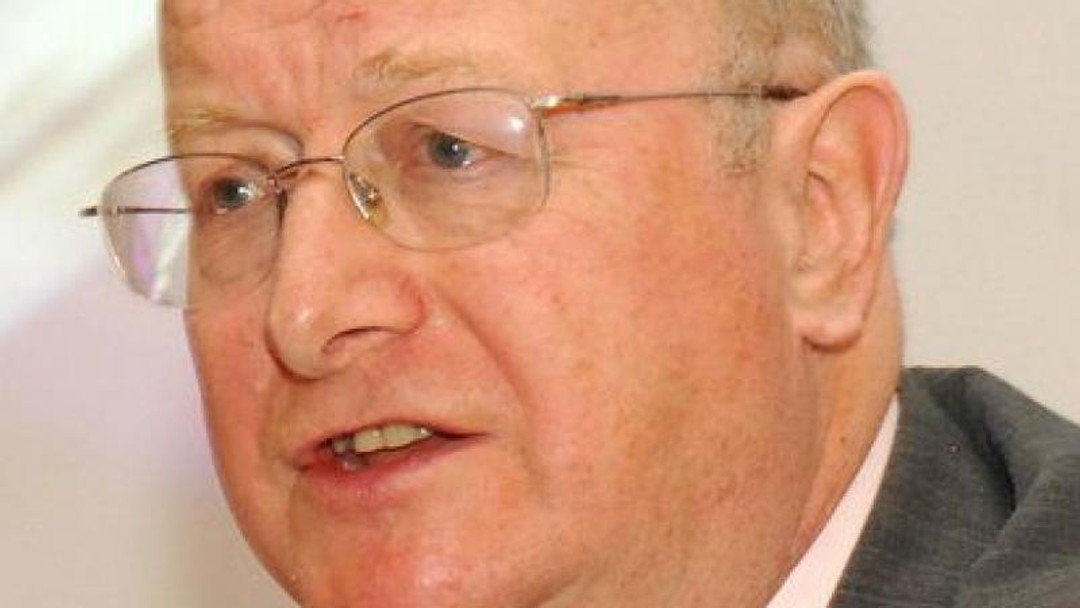When lies and half-truths erode trust between partners

By Nick Jarrett-Kerr, Visiting Professor, Nottingham Law School
It is always difficult to judge when a partner’s performance has become so repeatedly sub-standard that he should be asked to leave the firm. What is even trickier is to decide when to get rid of partners and senior staff who exhibit destructive behaviour or who have demonstrated dishonesty and a lack of integrity.
Even in the most corporate of legal service organisations, the spirit of partnership still exists to promote relationships of the utmost good faith; failure to meet the firm’s ethical standards can lead to an irretrievable breakdown between the parties.
Within the question of internal ethics, the subject of lying is not one that is often written about, and yet it taxes the brain and conscience of most managing partners. The problem can quickly erode trust – after all, if a partner lies to a fellow partner, it raises the fear that he may also lie to others, including clients.
A study conducted about five years ago of 50 employees by the University of Central Lancashire revealed that about a third of the respondents admitted to deception in the workplace, with 15 per cent saying they had actually lied.
An obvious first step when faced with an allegation of lying is to establish why the partner lied. Research has found that stress and distress caused by role conflict commonly leads to lying,1 citing four types of role conflict: ?
-
conflict between a person’s internal standards or values and the expected role behaviour;
-
conflict between the time, resources or capabilities of the person lying ?and that person’s role;
-
conflict between various roles for the same person that require incompatible behaviours; and
-
conflicting expectations and organisational demands in the form ?of incompatible policies.
The simple step of understanding the reason for lying may sometimes help to excuse and resolve an isolated incident, particularly with a low-stakes lie. However, repeated behaviour or lies told when the stakes are high very often undermine the relationship to an intolerable extent and the difficult question is to define the line in the sand, to cross which must inevitably mean a parting of ways.
Depth of dishonesty
The depth of dishonesty also needs to be addressed. There is a distinction which is frequently drawn between a lie and a statement that is not strictly untrue, but creates a misleading impression.
In 1796, Edmund Burke famously allowed the now frequently-used ‘economy with the truth’ laxity. He wrote: “Falsehood and delusion are allowed in no case whatsoever. But, as in the exercise of all the virtues, there is an economy of truth.”
Between partners, however, such laxity is inappropriate. My definition of a lie between partners includes therefore statements made with an intention to mislead.
In order to be able to take action, every firm has to define its own standards. I suggest three tests, any one of which is an indication of a complete breakdown of trust and confidence, which ought to lead to a parting of ways. ?
-
Scale. Small lies may be relatively harmless, but a big lie – even a single unrepeated one – about an issue of real importance to the firm may prove impossible to forgive.
-
Frequency. If the individual has lied on more than one occasion about the same or different issues, or has become an inveterate liar, the situation may be difficult to retrieve.
-
Audience to the untruth. While a lie by one partner to another individual may affect the relationship between those two, the relationship with the whole firm may remain unaffected. Where, however, the lie has been widely broadcast to partners or staff (or, even worse, to clients and external parties), the effects can be profound, not least because in such a case the behaviour is perceived to be reflective of the whole firm and not just the partner concerned.
Tackling dishonesty
The relationship of utmost good faith that ought to exist between partners leads inexorably to the imposition of extremely high standards of behaviour between partners and renders unacceptable big ?lies, frequent untruths and widely-disseminated dishonest statements.
Even where the dishonest partner ?is senior, powerful or highly productive, most firms find from bitter experience that a breakdown of trust and good faith between partners carries an insidious ?and long-term negative consequence, which accordingly needs to be dealt ?with at an early stage.
Nick Jarrett-Kerr advises law firms worldwide on strategy, governance ?and leadership development ?(www.jarrett-kerr.com)
Endnote
1. See ‘Lying, Deceit, and Subterfuge: a Model of Dishonesty in the Workplace’, Steven L. Grover, Organisation Science, Vol. 4 No. 3, August 1993
2. See Tackling Partner Underperformance in Law Firms, Nick Jarrett-Kerr, Ark Group, 2011
